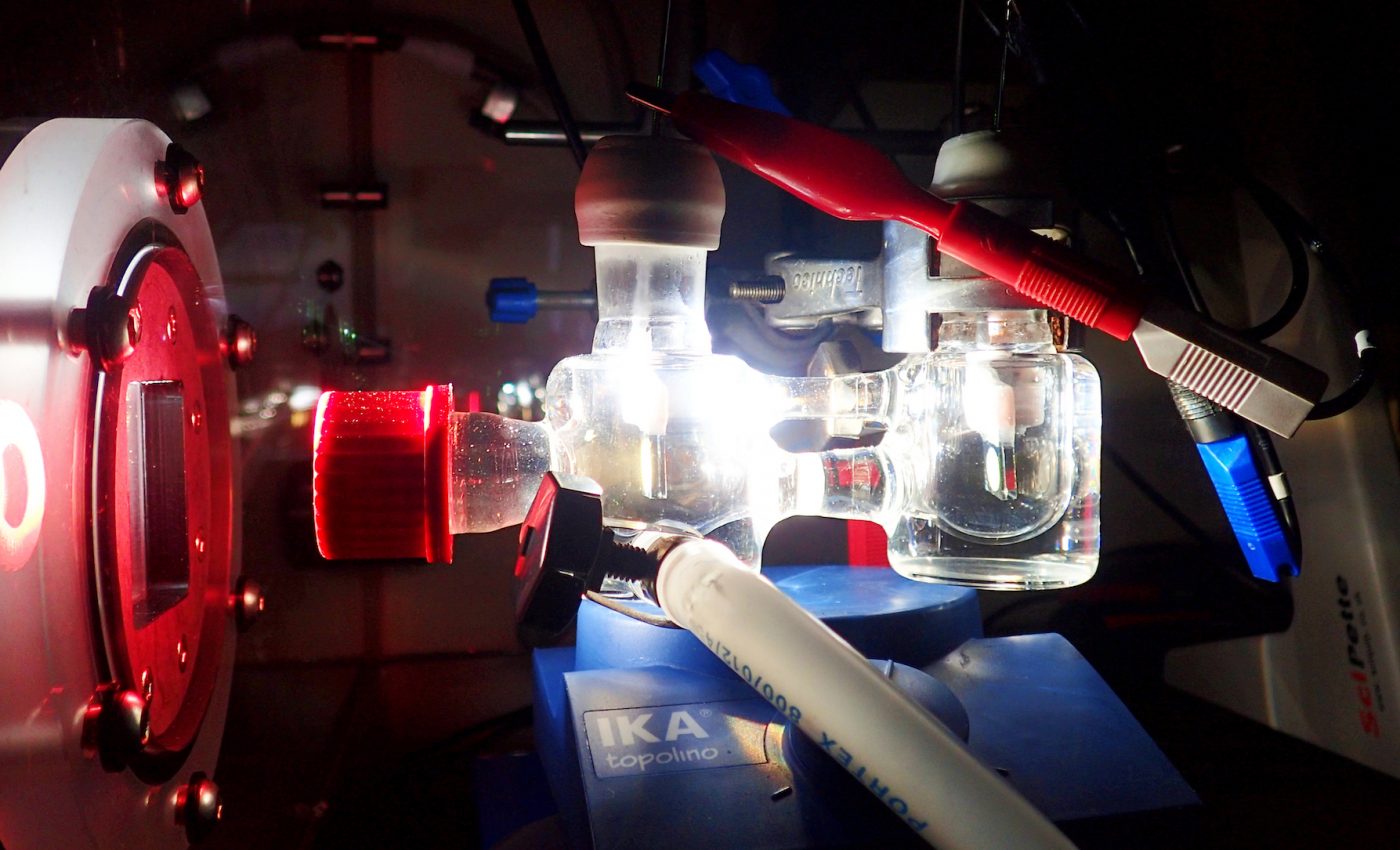
Harnessing solar power could produce unlimited renewable energy
Harnessing solar power could produce unlimited renewable energy. Scientists may have just revolutionized the way that solar power is harnessed. By altering the mechanisms that plants use during photosynthesis, the experts have successfully split water into hydrogen and oxygen.
Photosynthesis is one of the most important reactions on the planet because it produces nearly all of the world’s oxygen. Hydrogen, which is produced when the water absorbed by plants is split, could potentially become an unlimited source of renewable energy.Harnessing solar power could produce unlimited renewable energy
Experts at St John’s College and the University of Cambridge used semi-artificial photosynthesis to investigate new ways of producing and storing solar energy. With a combination of biological components and manmade technologies, the team used natural sunlight to convert water into hydrogen and oxygen.
The new method developed by the researchers was found to absorb more solar light than natural photosynthesis.
“Natural photosynthesis is not efficient because it has evolved merely to survive so it makes the bare minimum amount of energy needed – around 1-2 percent of what it could potentially convert and store,” explained study first author Katarzyna Sokó.
The researchers not only improved on the amount of energy produced and stored, but also managed to reactivate a process in the algae that has been dormant for millennia.
“Hydrogenase is an enzyme present in algae that is capable of reducing protons into hydrogen,” said Sokó. “During evolution this process has been deactivated because it wasn’t necessary for survival but we successfully managed to bypass the inactivity to achieve the reaction we wanted – splitting water into hydrogen and oxygen.”
The research could ultimately transform the systems used for renewable energy production.
“It’s exciting that we can selectively choose the processes we want, and achieve the reaction we want which is inaccessible in nature,” said Sokó. “This could be a great platform for developing solar technologies. The approach could be used to couple other reactions together to see what can be done, learn from these reactions and then build synthetic, more robust pieces of solar energy technology.”
The study is published in the journal Nature Energy.
—
By Chrissy Sexton, Earth.com Staff Writer
Image Credit: Katarzyna Sokó













